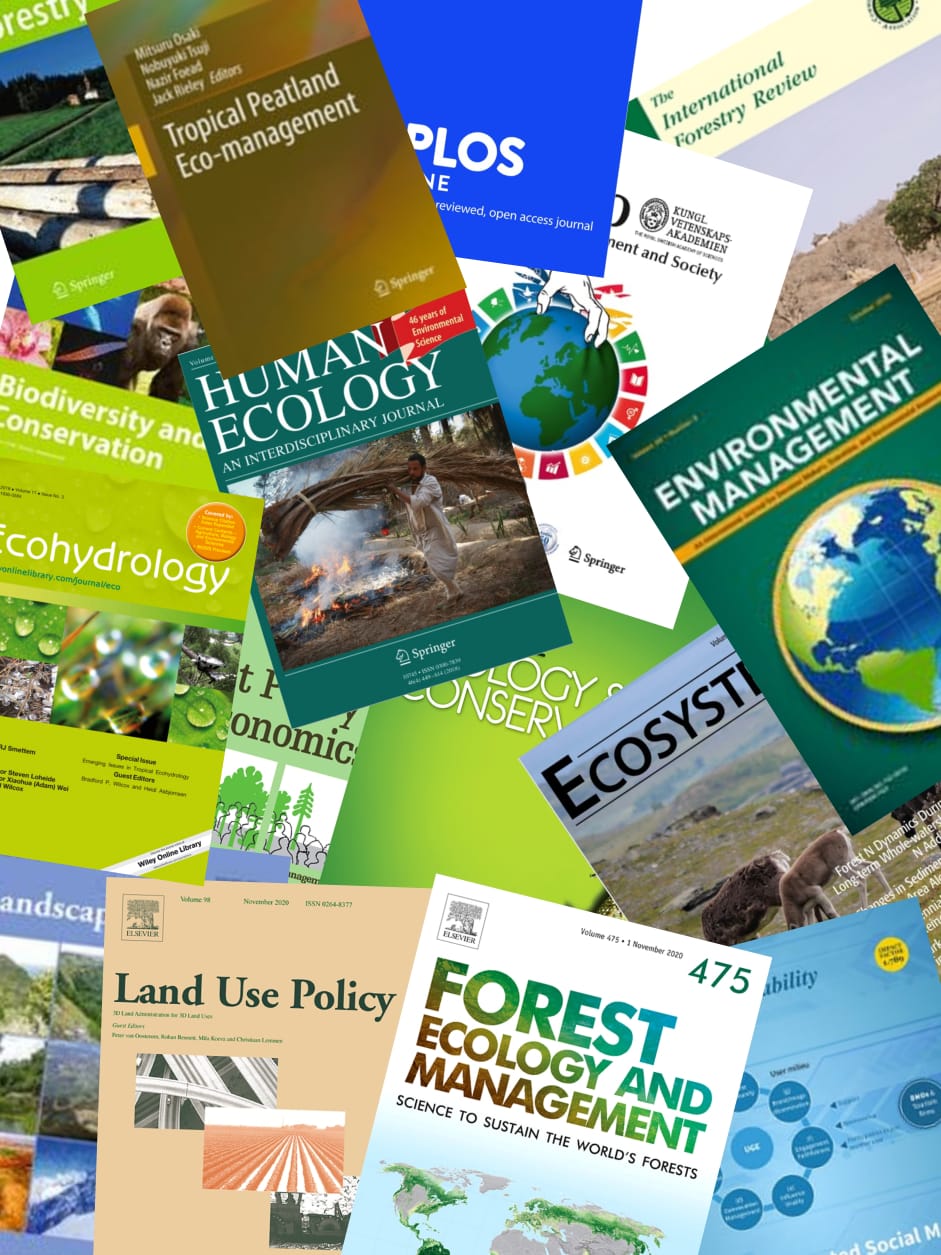South East Asia has the highest pool of tropical peat land mass. Planting of oil palm in peat is a subject of controversy. Most issues were triggered as the result of each cycle of anthropogenic induced environmental fire resulting in haze calamities, which in turn was directly related to the prolonged drought brought about by the El Niño phenomenon. Laws and regulations were reviewed, amended and implemented as new calamities arose. From the sustainability point of view, more stringent auditable approaches were taken from time to time. Studies conducted in West and Central Kalimantan indicated fire hotspots in peat during El Niño which was related to the frequency of rainfall, number of rain days and Oceanic Niño Index (ONI). An early warning system through the monitoring of ONI and precautionary measures can be taken to delay or reduce fire incidences in peat. High CO2 emission is expected if groundwater table management is poor in peat, leading to higher annual subsidence of peat. A possible carbon tax for carbon emission may be expected for crude palm oil produced from peat. The subsidence of peat leads to the concept of drainability assessment for the existing oil palm plantation in peat before replanting and is expected to cease replanting by allowing to keep a peat buffer equivalent to cultivation of 40 years. The plantation may have to convert the 40 years peat buffer land to paludiculture. In view of conserving peat companies with large scale oil palm planted in peat is expected to manage peatland in landscape manner in the future.
View source

